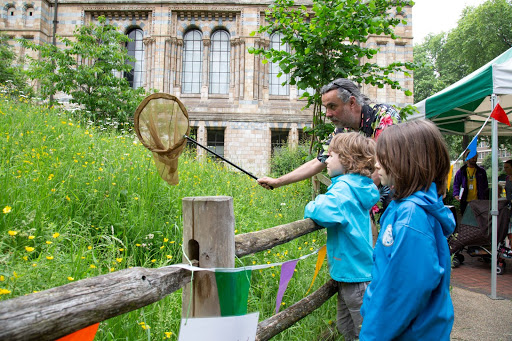Citizen science projects offer participants the opportunity to play a role in a scientific investigation in a rich and varied array of contexts, which each offer particular opportunities for science learning.
As with all scientific efforts, every citizen science project can be defined in terms of the scientific phenomenon under study and the reason that it is a focus of study. There are four ways that the scientific context of a citizen science project can support science learning:
Real-world context. Most citizen science projects are scientific investigations that exist in “real-world contexts.” This relevance of citizen science activities, within the world around them, allows participants to build on their existing knowledge.
Data-driven. The centrality of data—collecting and working with it—in citizen science provides a unique opportunity for learning: 1) about the role of data in scientific inquiry (nature of science) and 2) to collect and analyse data (scientific practice).
‘Learning by doing’ or experiential learning. Citizen science, by its very nature, actively involves people in a range of tasks that often involve mental or physical work, often facilitated by the use of tools. Participants learn not just from being told information, but by applying their knowledge to carry out a task.

Image 1: Photo by Katherine Volkovski (https://unsplash.com/@katerinalandia) on Unsplash. CC-By SA
The many ways in which members of the public can now participate in citizen science present four distinct opportunities for learning:
Interest- or concern-driven participation. Research has shown that most citizen science participants volunteer because they are interested in the topic of the project or concern about the implications of the project (Geoghegan et al., 2016).
Social, communal activity. Citizen science participants and practitioners share a scientific goal. Highlighting the collective effort aspects of a project can support participants in social, communal learning, even if they do not interact in person.
Long-term participation in citizen science projects - through the repetition of an activity over time - creates the opportunity to develop understanding and skills, through its likely connection to motivation and reinforcement of learning through practice. A minority of participants, however, engage in an extended way and benefit from the learning opportunities afforded by repeated exposure.
Tiers of participation: opportunities for progression, deeper engagement and collaboration. Many projects offer participants simple entry-level tasks as a starting point, with the possibility to progress by posting on discussion boards, answering other people’s questions on discussion boards, collaborating with the research team or initiating their own investigation. Others, such as co-created projects, include this deep level of participation and collaboration more routinely throughout.
What makes citizen science projects possible are their social and technology infrastructures. How these two infrastructures are designed and implemented can either open up or close down opportunities for learning.
Social infrastructure: the people who organize the project, direct participants, and are available to assist them, as well as the network of participants engaged with and learning from one another, either in person or virtually. The social infrastructure can encourage participants to find answers for themselves. Beyond facilitation of peer-to-peer exchange of information and ideas, projects can allow participants to share tasks, develop expertise in a given role, learn by talking a concept through with someone else and understanding instructions together.
Technology infrastructure: the computing and communication technologies that participants use to learn about and fulfil their roles in a citizen science project (e.g. platforms, websites or apps that house, maintain, and disseminate data), and any specialized tools (e.g. telescopes, DNA sequencing technology, machine learning). This can include non-digital tools like magnifying glasses and recording forms, and educational resources.

Image 2: Natural History Museum (2018). All Rights Reserved.
Know the Audience
Design for Diversity
Engage Stakeholders Throughout the Design Process
Develop Learning Supports
The next sections will describe these strategies in more detail and illustrate them with examples so that you can think about how to open up learning opportunities in your own citizen science activities.